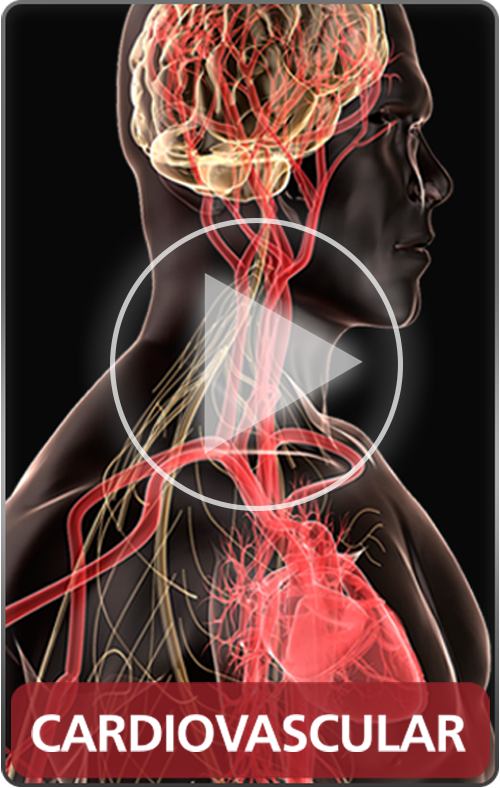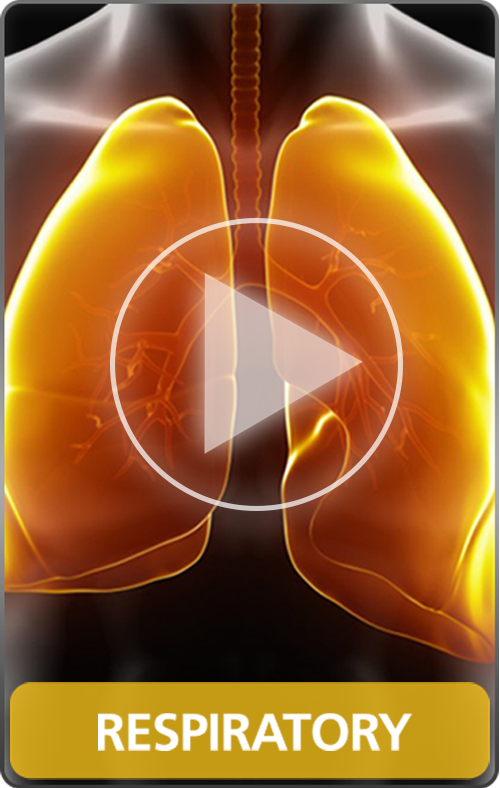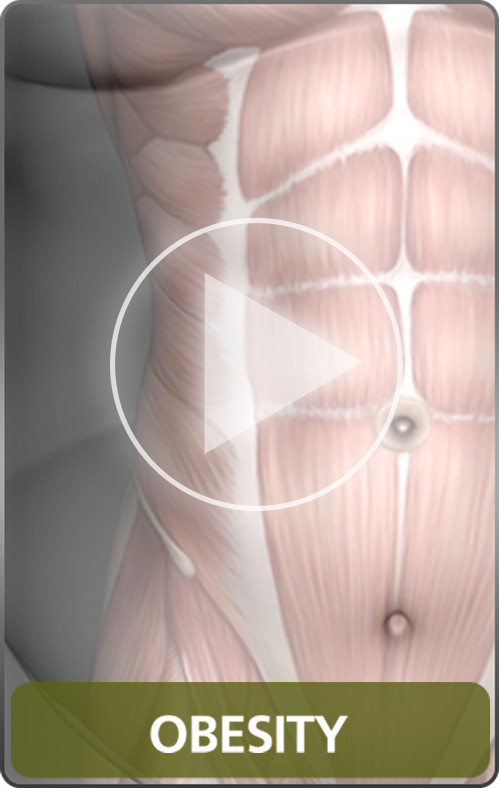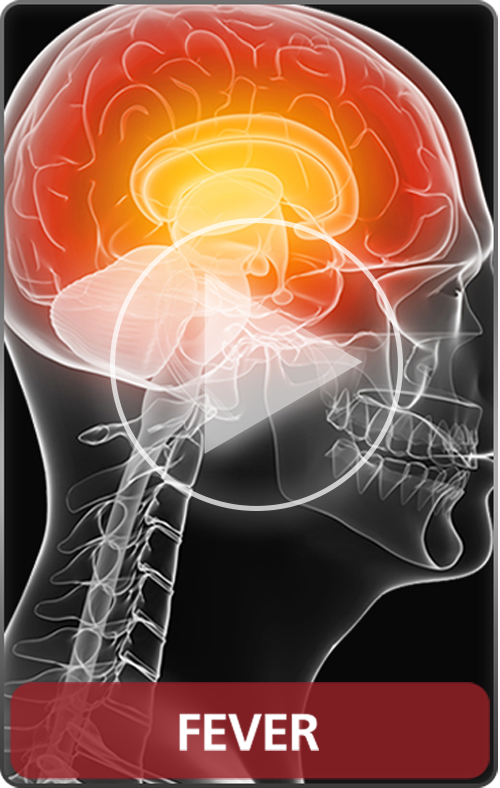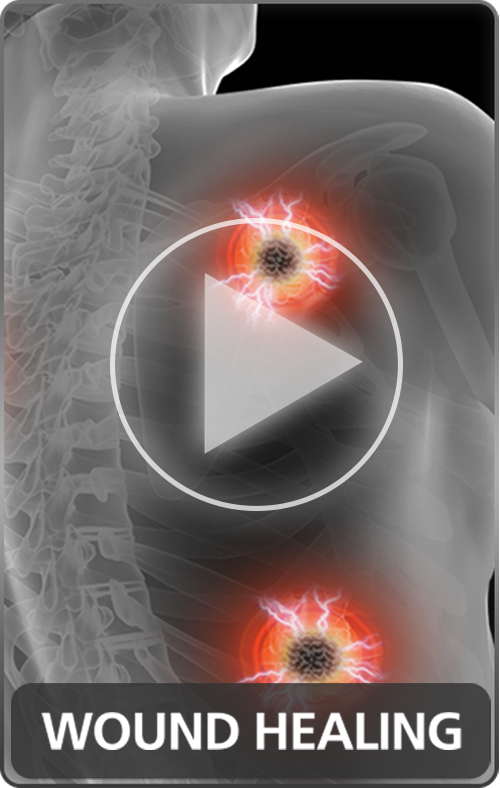Health Information
A list of various frequently asked questions have been summarized herewith. Should you have any further questions, please do not hesitate to contact us.
Cardiovascular
What is high blood pressure?
Blood pressure is the force in the arteries when the heart beats (systolic pressure) and when the heart is at rest (diastolic pressure). It's measured in millimeters of mercury (mmHg). High blood pressure (or hypertension) is defined in an adult as a blood pressure greater than or equal to 140 mmHg systolic pressure or greater than or equal to 90 mmHg diastolic pressure.High blood pressure directly increases the risk of coronary heart disease (which leads to heart attack) and stroke, especially when it's present with other risk factors.
High blood pressure can occur in children or adults, but it's more common among people over age 35. It's particularly prevalent in African Americans, middle-aged and elderly people, obese people, heavy drinkers and women taking birth control pills. It may run in families, but many people with a strong family history of high blood pressure never have it. People with diabetes mellitus, gout or kidney disease are more likely to have high blood pressure, too.
What are the symptoms of high blood pressure?
High blood pressure is sometimes called the "silent killer" because it usually has no warning signs or symptoms. Many people do not know that they have high blood pressure. That’s why it's important to get your blood pressure checked regularly.What causes high blood pressure?
While the cause of high blood pressure in most people remains unclear, a variety of conditions - such as getting little or no exercise, poor diet, obesity, older age, and genetics - can lead to hypertension.What is systolic and diastolic blood pressure?
The blood pressure reading is measured in millimeters of mercury (mmHg) and is written as systolic pressure, the force of the blood against the artery walls as your heart beats, over diastolic pressure, the blood pressure between heartbeats. For example, a blood pressure reading is written as 120/80 mmHg, or "120 over 80". The systolic pressure is 120 and the diastolic pressure is 80.What is a normal blood pressure?
The Joint National Committee on Prevention, Detection, Evaluation, and Treatment of High Blood Pressure has classified blood pressure measurements into several categories:- "Normal" blood pressure is systolic pressure less than 120 and diastolic pressure less than 80 mmHg
- "Prehypertension" is systolic pressure of120-139 or diastolic pressure of 80-89 mmHg
- Stage 1 Hypertension is blood pressure greater than systolic pressure of 140-159 or diastolic pressure of 90-99 mmHg or greater.
- Stage 2 Hypertension is systolic pressure of 160 or greater or diastolic pressure of 100 or greater.
What health problems are associated with high blood pressure?
Several potentially serious health conditions are linked to high blood pressure, including:- Atherosclerosis: a disease of the arteries caused by a build up of plaque, or fatty material, on the inside walls of the blood vessels. Hypertension contributes to this build up by putting added stress and force on the artery walls.
- Heart Disease: heart failure (the heart can't adequately pump blood), ischemic heart disease (the heart tissue doesn't get enough blood), and hypertensive hypertrophic cardiomyopathy (enlarged heart) are all associated with high blood pressure.
- Kidney Disease: Hypertension can damage the blood vessels and filters in the kidneys, so that the kidneys cannot excrete waste properly.
- Stroke: Hypertension can lead to stroke, either by contributing to the process of atherosclerosis (which can lead to blockages and/or clots), or by weakening the blood vessel wall and causing it to rupture.
- Eye Disease: Hypertension can damage the very small blood vessels in the retina.
How do I know if I have high blood pressure?
High blood pressure often doesn't have any symptoms, so you usually don't feel it. For that reason, hypertension is usually diagnosed by a health care professional on a routine visit. This is especially important if you have a close relative who has hypertension or embody risk factors for it.If your blood pressure is extremely high, you may have unusually strong headaches, chest pain, and heart failure (especially difficulty breathing and poor exercise tolerance). If you have any of these symptoms, seek treatment immediately.
Recommended blood pressure levels:
| Blood Pressure Category | Systolic (mmHG) | Diastolic (mmHG) | |
| Normal | less than 120 | and | less than 80 |
| Pre-Hypertension | 120-139 | or | 80-89 |
| Stage 1 Hypertension | 140-159 | or | 90-99 |
| Stage 2 Hypertension | 160 or higher | or | 100 or higher |
How does high blood pressure develop?
Your heart pumps blood through the body's arteries. The large arteries that leave your heart taper into smaller arteries called arterioles. The arterioles then taper into smaller vessels called capillaries, which supply oxygen and nutrients to all the organs of your body. The blood then returns to your heart through the veins.Certain nerve impulses cause your arteries to dilate (become larger) or contract (become smaller). If these vessels are wide open, blood can flow through easily. If they're narrow, it's harder for the blood to flow through them, and the pressure inside them increases. Then high blood pressure may occur. When this happens, your heart becomes strained and blood vessels may become damaged. Changes in the vessels that supply blood to your kidneys and brain may cause these organs to be affected.
Your heart, brain and kidneys can handle increased pressure for a long time. That's why you can live for years without any symptoms or ill effects. But that doesn't mean it's not hurting you. High blood pressure is a major risk factor for stroke, heart attack, heart failure and kidney failure.
What does high blood pressure do to your body?
High blood pressure adds to the workload of your heart and arteries. Your heart must pump harder, and the arteries carry blood that's moving under greater pressure. If high blood pressure continues for a long time, your heart and arteries may not work as well as they should. Other body organs may also be affected. There is increased risk of stroke, congestive heart failure, kidney failure and heart attack. When high blood pressure exists with obesity, smoking, high blood cholesterol or diabetes, the risk of heart attack or stroke increases several times.What about low blood pressure?
Within certain limits, the lower your blood pressure reading is, the better. In most people, blood pressure isn't too low until it produces symptoms, such as light headedness or fainting. In certain disease states, it's possible for blood pressure to be too low. Examples include:- Certain nerve or endocrine disorders
- Prolonged bed rest
- Decreases in blood volume due to severe bleeding (hemorrhage) or dehydration
Blood pressure less than 120/80 mmHg is generally considered ideal. Levels higher than this increase your risk for cardiovascular disease. If you have unusually low blood pressure, have it evaluated.
What can you do to reduce your risk?
There are several things that you can do to keep your blood pressure in a healthy range:- Get your blood pressure checked regularly.
- Eat a healthy diet.
- Maintain a healthy weight.
- Be physically active.
- Limit alcohol use.
- Don’t smoke.
- Prevent or treat diabetes.
Is low blood pressure a cause for concern?
Unlike high blood pressure, low blood pressure should not immediately be a cause for concern unless and until low blood pressure symptoms begin to show up. Low blood pressure diagnosis is heavily dependent on the presentation of known low blood pressure symptoms. Until then doctors generally regard low blood pressure readings as normal. This is because different people can have low blood pressure readings some way lower than other and yet be healthy.However if a person who normally has higher blood pressure readings and it falls suddenly and there are no symptoms accompanying it, doctors would put such a person under observation. No treatment maybe necessary at this stage. It is generally agreed that blood pressure readings of 90/60 mmHg are low blood pressure readings. However these are just numbers which do nothing to confirm hypotension unless symptoms are present. Low blood pressure is only a concern when accompanied by low blood pressure symptoms. A low blood pressure chart will show the different symptoms associated generally with falling blood pressure readings.
What generally causes low blood pressure?
Causes of low blood pressure vary. Medicines that are used in surgery such as anesthesia are known to cause low blood pressure. This also includes loss of blood during surgery or in an emergency. This can also lead to low blood pressure. Some high blood pressure treatments may also lead to low blood pressure as a side effect. Of particular note are diuretics. If these particular drugs are abused may lead to a drop in blood pressure to dangerously low levels.Treatment of elevated systolic blood pressure has been known to cause a sharp drop in diastolic blood pressure readings especially in older people. This can be dangerously low to the loss of life in a patient. The falling in diastolic blood pressure is a direct result of an attempt to lower elevated systolic blood pressure. Other conditions and diseases that can cause a fall in blood pressure is diabetes and fainting and dehydration. Some women have low blood pressure in hot weather and when engaged in dieting.
How important is blood pressure monitoring at home? What is “white-coat”-effect?
In previous years, most people relied on doctor's office blood pressure measurements. This means people had to regularly visit the hospital, clinic or doctor to have their blood pressure taken. Today with the advancement of technology individuals can purchase own home blood pressure monitors to take measurements at home.This new development is extremely significant in the blood pressure world. Doctor's recognize it and encourage it. Home blood pressure monitoring has been shown to help doctors manage hypertension in patients much more easily with very effective results. Home monitoring will also deal with a common problem of white coat syndrome. This involves elevated readings due to anxiety and fear of being in the doctor's office. Another advantage of home monitoring is the ability to easily detect morning hypertension which occurs too early in the morning for doctors to detect. However this will require a special monitor with the technology to do it.
Respiratory
What is pulmonary emphysema?
Pulmonary emphysema, permanent distension of the small air sacs, is characterized by these small air sacs bursting. There is respiratory distress in all forms of emphysema.What is Asthma?
Asthma becomes apparent by frequent, spasmodic gasping for air and wheezing. As with chronic bronchitis, the bronchi are inflamed and obstructed with phlegm while the cilia are conglutinated. The respiratory passages also respond to certain stimuli with muscular spasms, often caused by allergens such as pollen or house dust, but also stress and environmental pollution.What is Bronchitis?
With bronchitis the bronchial mucus membrane is inflamed. If this persists for a lengthy period, it is referred to as chronic bronchitis. Constant coughing, impaired breathing, excess mucus and sputum are typical symptoms.What happens during breathing?
We breathe in and out over 20,000 times a day. When inhaling, the chest rises and the diaphragm expands downward, creating a partial vacuum in the chest. This vacuum draws the inhaled air into the upper and lower respiratory passages. When exhaling, the lungs and chest return to their initial position and the spent air is expelled from the body via the respiratory passages. Respiration is accurately adjusted to the current metabolic condition - for example, physical rest or activity - by the so-called respiratory centre of the brain.Fever
What is fever?
Fever is one of the body's defence mechanisms. When bacteria or viruses get into your body and cause it to malfunction, the body goes on the defensive and your immune system is activated. When this happens, a central nerve in the brain allows the heat generated inside the body to be turned up from the usually constant level. This higher temperature level increases the metabolism and prevents the increase of pathogenic agents.What is the "normal temperature"?
"Normal temperature" is usually around 37 °C (98,6 °F). However, normal temperature is not the same for every individual. Temperature can vary with age, and even time of day. Usually it is lowest in the morning, highest in the afternoon and somewhat lower at bedtime.Why measure body temperature?
It is of great medical importance to measure body temperature. The reason is that a number of diseases are accompanied by characteristic changes in body temperature. Likewise, the course of certain diseases can be monitored by measuring body temperature, and the efficiency of a treatment initiated can be evaluated by the physician. Fever is a reaction to disease-specific stimuli, where the set point of the temperature control centre is varied to promote the body's defenses against the disease process. Fever is the most common form of pathological (disease- related) elevation on body temperature.How accurate are thermometer measurements?
Essentially a distinction must be made between the technical accuracy of the thermometer itself and the clinical accuracy in use in taking a temperature. The former is determined under idealized conditions to guarantee the quality of the instrument, taking the relevant technical standards into account.An accuracy of +/- 0.1°C can be considered state of the art for high-grade thermometers. The user must not confuse technical accuracy with this accuracy in use. The human body temperatures described here, which depend on the measurement location and time, are due to physiological causes and are not due to a thermometer malfunction.
Where should I take the temperature?
Rectal - The most reliable core temperature is obtained by inserting a thermometer into the rectum (rectal measurement). This measurement is accurate and has low scattering in the results. The normal range is approximately: 36.2°C - 37.7°C.
Vaginal - In women, vaginal temperature measurement yields a slight underestimate of temperature by an average of 0.1°C to 0.3°C in comparison with a rectal measurement with comparable stability.
Ear - Ear thermometers measure the temperature of the eardrum with an infrared sensor. The tip of the thermometer is simply positioned in the ear channel and results are obtained in one second! Next to its convenience this method is very reliable if accuracy can be proven by a clinical validation. Well designed ear thermometers perform very accurately without great scattering in results. An optimised tip shape is the basis for reliable data obtained with infants and babies.
Oral - The oral measurement can be performed as buccal measurement (in the cheek) or as a sublingual measurement (under the tongue). Both measurements underestimate the rectal temperature by approximately 0.3°C - 0.8° C, with the sublingual measurement being preferable to the buccal.
Forehead - Forehead thermometers offer the least intrusive and therefore most comfortable way to measure body temperature. Simply place the thermometer onto the patient's forehead and an infrared sensor detects the peak reading, while a second sensor measures the ambient temperature. The difference in these readings is analysed, and according to clinically established offsets, a body temperature reading is determined and displayed on the LCD.
Armpit - Body surface temperature measurements used clinically in practice are in the arm pit (axillary measurement) and in the groin. In both cases the respective limb is pressed against the body in order to reduce any ambient temperature influence. However, this is successful only to a limited extent with the disadvantage that the measurement time is long. In adults, the axillary measurement is lower than the rectal by approximately 0.5°C to 1.5°C! In infants, these underestimates in comparison with the rectal temperature are much smaller.
